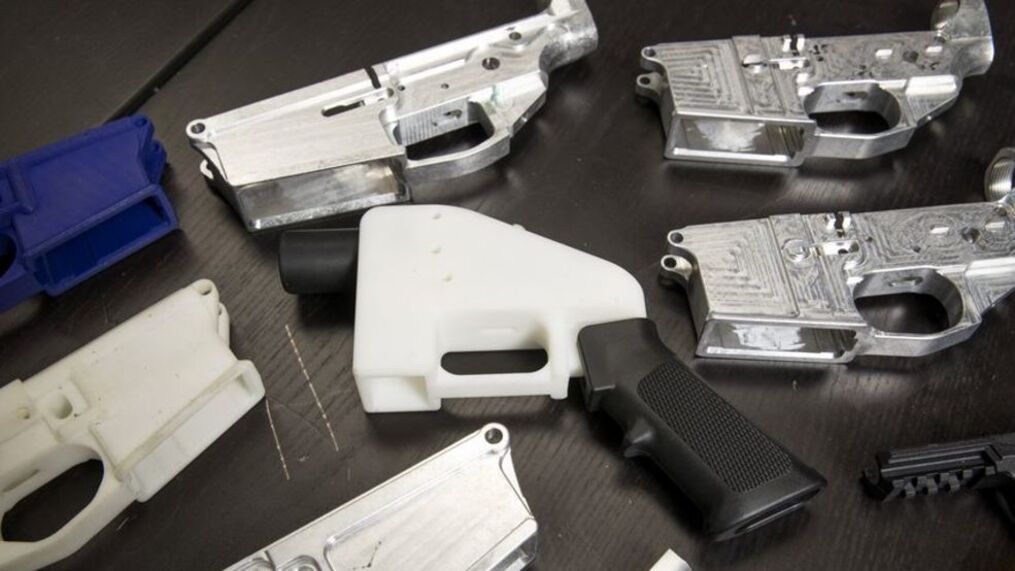It doesn’t matter if you’re a professional or amateur shooter, the parts of your optic play a vital part in achieving the best outcomes. It is vital to be knowledgeable of each component to be able to perform the best you can with each shot.

Understanding the significance of optic Parts in Shooting Sports
It is crucial to be armed with a reliable and precise firearm when shooting sports like hunting, competitive shooting or just plinking at the range. One component that is often ignored but plays a significant role in precision and accuracy is the optic part. Optic parts also referred to as sights, are put onto firearms in order to allow shooters to target more precisely and effectively. We’ll go over the importance of optic parts and how they can help improve your shooting skills.
What are Optic Parts?
Optic parts are devices that help shooters target their firearms more precisely. There are many options available such as magnified scopes, magnified scopes red dots sights iron sights that are holographic and holographic. Each optical component is unique and has its own pros and cons. Your preferences for shooting and shooting needs will determine which part of the optic you decide to purchase.
Iron sights are the simplest kind of optic component and are often found on traditional firearms. The sights comprise front and rear sighting posts. The shooter can align them to aim for the target. A tiny LED is utilized to produce a red dot-like sight. This reticle appears on the lens in the form of an elongated dot. They are well-known due to their speedy target acquisition and ease of use. They are frequently used in tactical and military applications. They employ lasers to make the Hologram-like eyepiece. Furthermore, magnified scopes utilize lenses that magnify the target, making it simpler to focus accurately over large distances.
Optic Parts – What is their significance?
Optic components are essential as they permit shooters to focus more precisely and effectively. Through the use of optical parts, shooters are able to target more precisely, particularly at longer ranges. Optic parts also provide a faster target acquisition time, which allows shooters to aim more quickly and precisely. Optic parts are also helpful for hunting and tactical situations.
The Correct Optic Parts
The best way to maximize your shooting skills is to make use of the best optic parts. You must consider your shooting preferences, budget, and type of firearm when choosing an optic part. The reticle and magnification are essential.
Magnification is the term used to describe the zoom that the optic component provides. Magnified scopes are a great option for a long-range shoot because they can improve accuracy on targets as far as hundreds of yards away. Magnified scopes aren’t ideal for close-range shooting. Holographic and red dot sights are frequently employed for close-range shooting and rapid target acquisition, making these sights popular among shooters in tactical shooting.
It is important to think about the type of reticle when selecting an optic component. Reticles of different types can be used in different shooting conditions. For instance, a basic crosshair reticle is suitable for target shooting, while a BDC (bullet drop compensating) Reticle is ideal for long-range shooting.
Maintaining your Optic Parts
After you’ve chosen your optic components It is essential to keep them in a good state. Correct maintenance will ensure the quality of your optic components for a long time. A few basic maintenance tasks include cleaning the lenses, checking the zero, and taking care to store the optics properly when not being used.
Cleaning your lenses is crucial for ensuring that your optical parts provide a precise and clear image. Use a microfiber cloth with the solution for cleaning your lenses to cleanse your lenses. Avoid using paper towels or rough ones because they could scratch the lenses.
You can check the position of zero on your optic parts to ensure they’re in alignment. With time, recoil as well as other factors can cause the parts of your optics to shift. You can determine the correctness of the zero by taking a handful of shots at the goal. Adjust the optic parts to your specifications.
For more details, click Red Dot